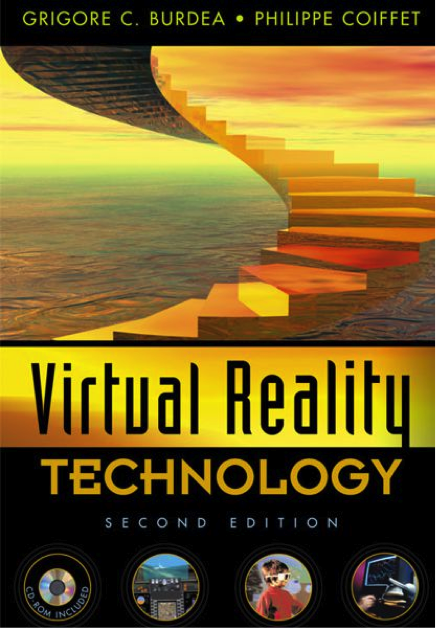 Instructor: Prof. Grigore (Greg) Burdea, Rutgers University
Instructor: Prof. Grigore (Greg) Burdea, Rutgers University
Length: Half Day (Sunday afternoon)
Abstract
The tutorial outline is based on the book published by the Instructor, but with updated materials. The topics covered in this tutorial are: 1) Input Devices (Trackers, Navigation, and Gesture Interfaces); 2) Output Devices (Graphics, Three-Dimensional Sound, Haptic and Olfactory Displays); 3) Computing Architectures for VR (graphics and haptics pipelines, Mobile, Game Console, PC and Workstation-based architectures, parallel and distributed systems); 4) Modeling (geometric, kinematics, physical, behavior, model management); 5) VR Programming (Scene graph, Unity 3D, GHOST, PeopleShop, 3DGame Studio); 6) Human Factors in VR (multimodal evaluations, sensorial illusions, cybersickness); and 7) VR Applications (medical, education/entertainment, military, manufacturing, robotics, visualization).
The tutorial in intended for those new to the field of VR/VE, although others may benefit as well.